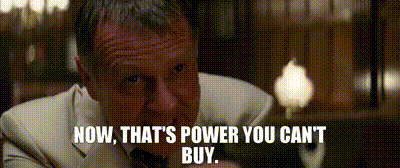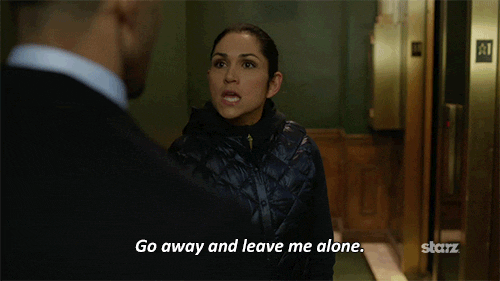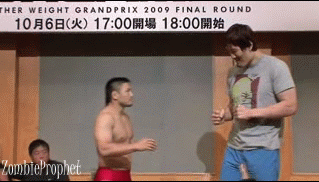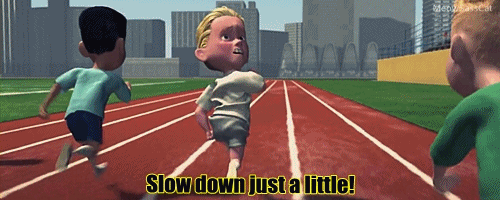In order to answer you question, I think it helps break down the way things work. Usually, any combat encounter in a game that has level differentials assumes certain underlying stats for the agents involved. All combat actors have some set amount of health, deals some amount of damage over time, has some specific abilities, perhaps has some defensive stats or mitigation abilities, etc. It is the difference between these values (or delta) that generally establish the relative ease or difficulty of a combat encounter. The greater the delta, the bigger the difference should feel to the player. It is by systemically adjusting these values that we can scale enemy encounters up and down as needed.
 ALT
ALTWhen we’re considering difficulty scaling of enemies, there are a variety of things to consider - each resulting in a different kind of intended experience. It’s important to recognize that scaling direction has vastly different effects on the game experience. Enemies at a significantly higher power level relative to the player can be unbeatable or they can just be challenging. That’s a very different player experience than the opposite side of the spectrum, where we’re considering how enemies that are often differing levels of easy or trivial. It is quite common for enemy scaling only to apply to those enemies deemed weaker than the player and not to enemies more powerful than the player.
 ALT
ALTIf we don’t scale anything at all, player power growth over time will naturally adjust power deltas. The natural consequence is that large power deltas will result in incredibly lopsided fights - both tougher enemies and weaker enemies. An enemy hitting for 5 damage is considered vastly different in terms of danger to a player with 10 health vs a player with 10,000 health.
 ALT
ALTIn my experience, scaling enemies is primarily about keeping older content from being completely trivialized if we’re still offering decent rewards there. This way, a higher level player can be incentivized to engage with the content (and obtain reasonable rewards at the same time), while those who don’t want to are less aggravated while traveling through those areas. We usually do this by setting a maximum delta below the player - an enemy will never be weaker than this amount, relative to the player. That way, each enemy can present a lesser (though not completely trivial) challenge to the player, while still allowing players to traverse through that area without as much of a headache.
 ALT
ALTWe sometimes set a maximum power delta above the player for higher level enemies as well. This way, players can recognize that they’ve entered a much more dangerous area and have an opportunity to reconsider and leave, rather than take any major penalties like death and any associated resources lost. This design choice makes the player experience a little more forgiving than an instant death might.
 ALT
ALTSome games actually do both at once by establishing a power band - enemies will never be weaker than X but will also never be stronger than Y. This way players who get significantly stronger than Y can feel like they’ve transcended and are now much more powerful than the older enemies. Similarly, the minimum power floor makes the area much more challenging for underleveled players, potentially leading to one-shots. Power bands are there to help establish a progression path for players. They can choose more challenging encounters if they desire, but it can help guide most players though a reasonable critical path.
[Join us on Discord] and/or [Support us on Patreon]
Got a burning question you want answered?
- Short questions: Ask a Game Dev on Twitter
- Long questions: Ask a Game Dev on Tumblr
- Frequent Questions: The FAQ